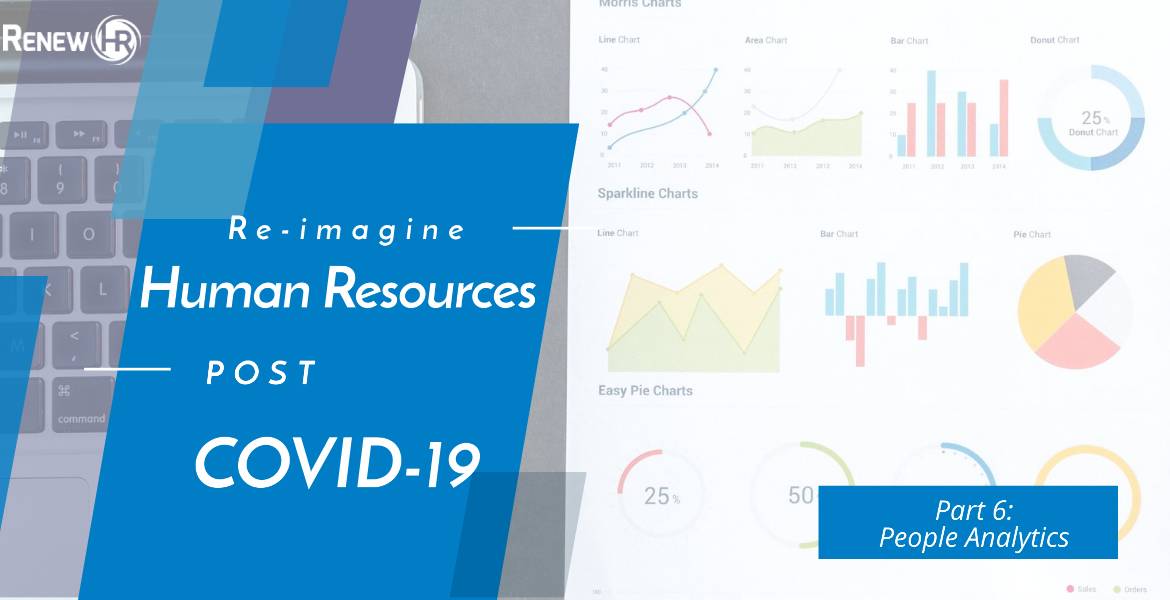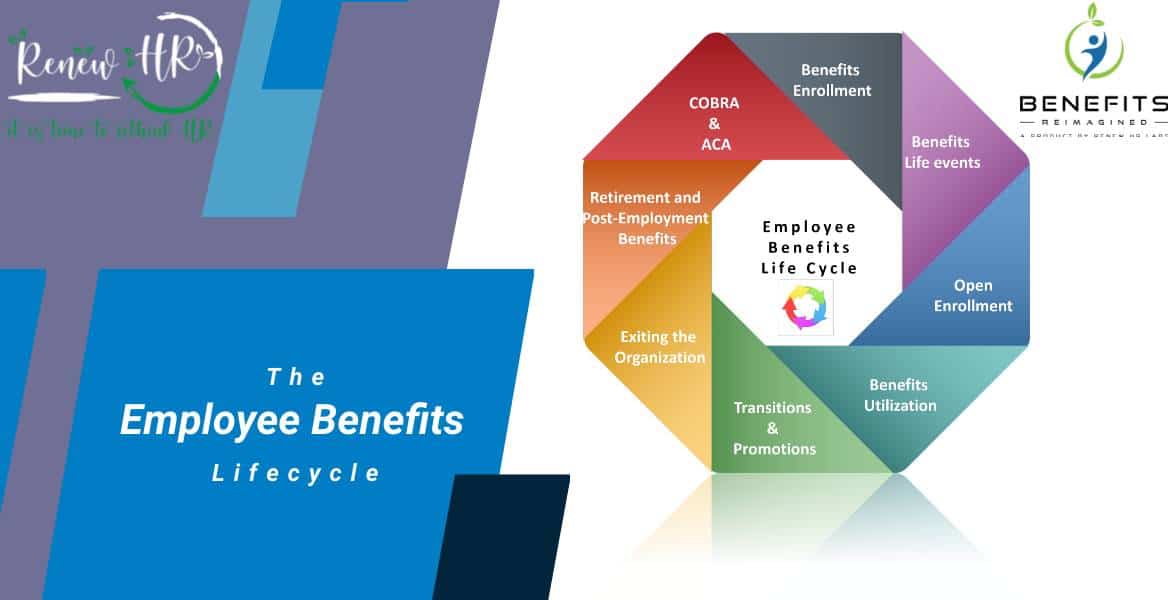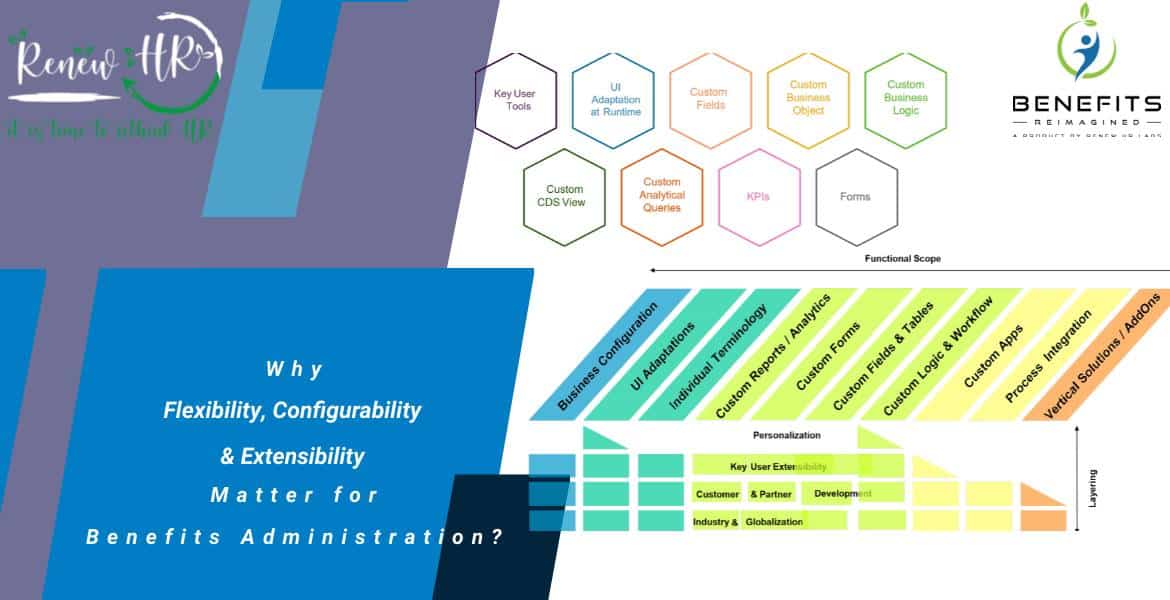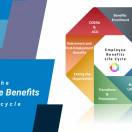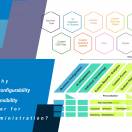Contents
What is people analytics? and its use in decision-making age
What is people analytics? In this blog series, we will describe the 7 most pressing challenges, trends, and possible opportunities in front of HR organizations as the enterprises they support to come out of this pandemic and adjust to the ‘new normal’
“Gut feeling” or “previous experience” is no longer viable methods to make decisions about employees and work. Leveraging analytics to help with decision-making can be an effective way to remain competitive and financially viable post-COVID-19. HR can be part of this process too, helping the organization select and reward valued contributors and redefining what “value” means for the company.
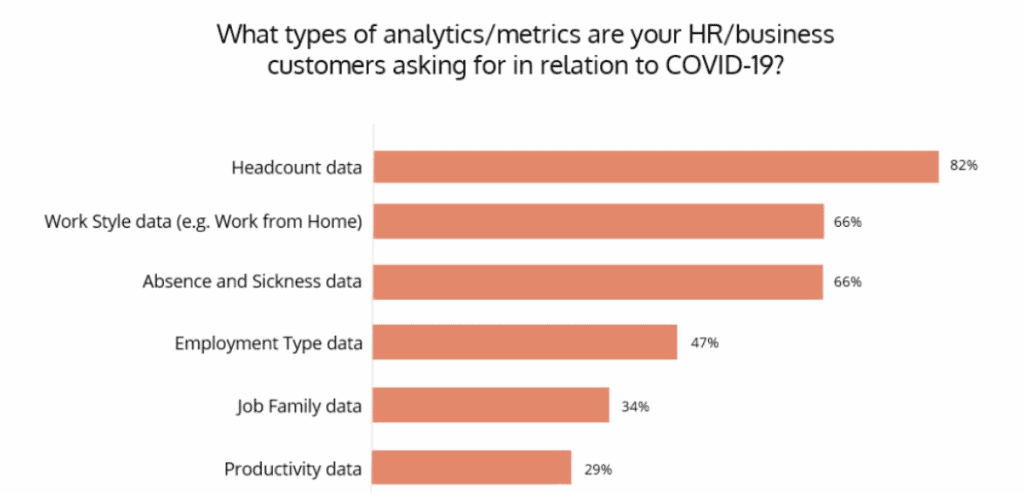
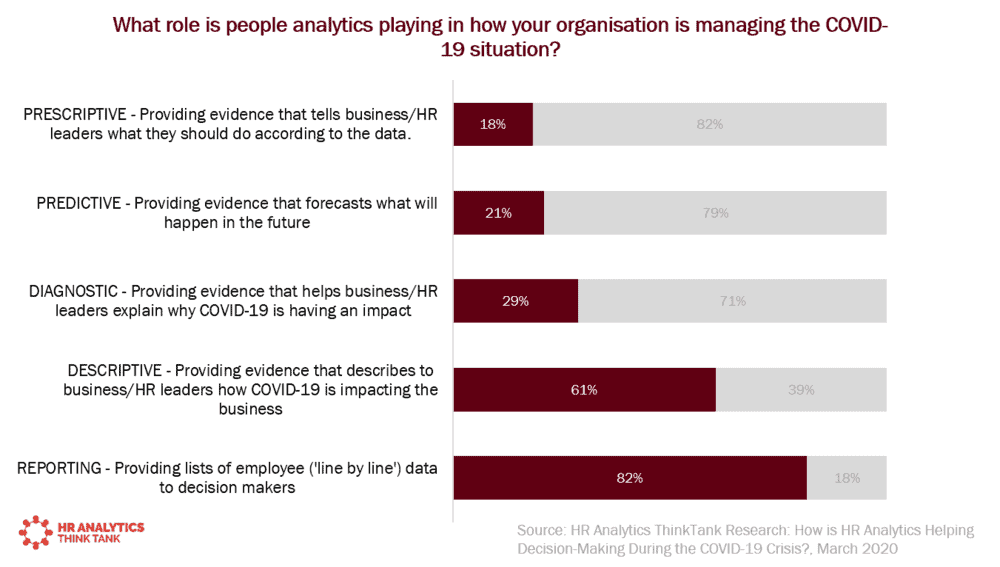
What can HR do?
Here are some examples of What is people analytics? and how HR can leverage data to help make business decisions:
Recruitment Analytics:
Recruitment analytics involves tracking, measuring, collating and analyzing candidate, and employee data to make better hiring decisions. More specifically, many companies us predictive analytics for hiring, which is the use of historical data to make predictions about the likelihood of a successful hire.
Talent Management Analytics:
Analytics can be used to predict future top performers and successors for key positions, and to identify internal threats before they strike.
Learning Analytics:
Learning analytics uses data that comes from every measurable factor, including learner feedback, test scores, time to completion, personal preferences, skill levels, and individual achievements to establish a framework for eLearning that brings the best possible results regarding employee motivation, engagement, and knowledge retention.
Use of Predictive Analytics:
Predictive analytics can be used to answer questions such as: Which candidate would be the best fit for the organization? Should we upskill or should we hire? 3. Which employees are at risk of leaving the organization? 4. Are employees productively contributing to business outcomes?
- The employee benefits lifecycle - 04/08/2023
- Why Flexibility, Configurability & Extensibility matter for Benefits Administration? - 02/08/2023
- The communication challenges - 31/07/2023


